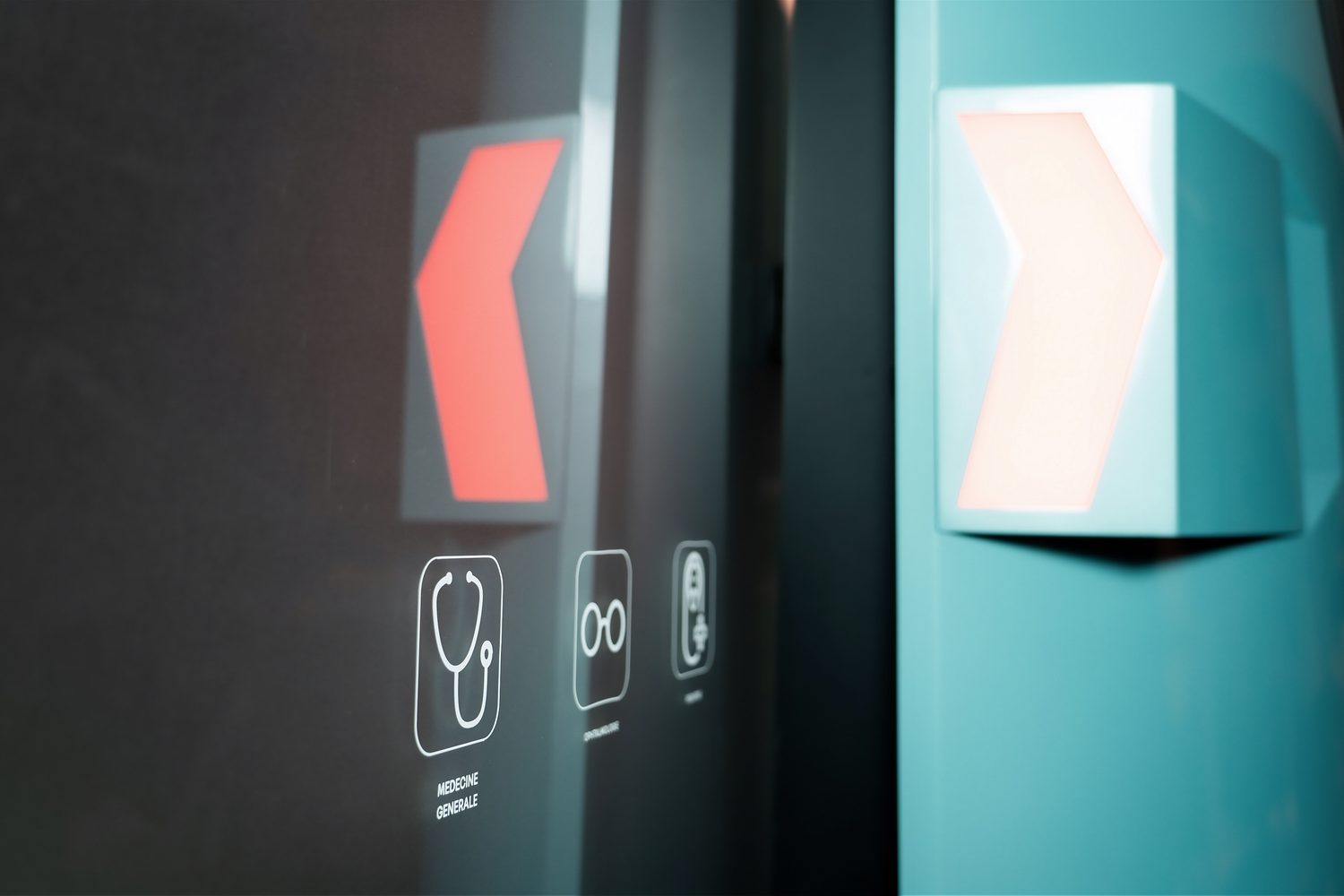Software République - a French technology start-up formed by the coming together of Atos, Dassault Systèmes, Orange, Renault Group, STMicroelectronics and Thales - has shown off one of its first creations - the U1st Vision.
Bringing medical care to communities

Never mind how it’s pronounced, look at the possible benefits of this cheery-looking autonomous electric van (it looks as if a Renault Master has somehow melded with a Mk1 Twingo). Finished in a friendly blue-green paint, the U1st Vision is a concept for a mobile, autonomous medical checkup service which can roll around communities taking care of the kinds of regular, routine checkups that would otherwise have to be done in local medical centres.
According to Software République, this idea “seeks to provide a solution to the challenge of ‘medical deserts’ by delivering an integrated one-stop mobile service for preventive care, diagnostics and monitoring of diseases. Its aim is to redefine healthcare provision, taking advantage of our increasingly interconnected world and the new capabilities that allow for continuous ‘end to end’ health metrics measurement through smart devices while ensuring patients’ data privacy.”
Can perform other duties too

It’s not just a concept for a medical service, either (although that’s the current form of the U1st Vision). The idea is that it could also be a mobile civil service drop-in centre, or even a perambulating bicycle repair shop, helping to keep people mobile.
There’s more to it, too. Because it’s mobile and can, theoretically, cycle through lots of visitors each day, the U1st Vision can keep a wary eye on the effects of, for example, air pollution or localised hot spots during heat waves, allowing local authorities to be more targeted with their response.
According to Software République, the U1st Vision is “not just a modular concept vehicle but a veritable AI-driven ecosystem supporting municipalities in providing quality public services, where and when needed: for you, closer to you.” The thinking is that it could cover up to 85 per cent of regular health tests, keeping waiting times low and alleviating pressure on hospitals and clinics while reducing traffic and CO2 emissions. It could of course also ‘talk’ to people’s personal electronic devices - phones, smartwatches and other wearables - helping to flag up potential individual health issued before they become a bigger problem.

“Going for a checkup or having a medical appointment has never been easier. Improving quality of life, reducing time and stress, easing medical resources and bringing them to areas that would otherwise not be able to offer such services,” says Software République.
Full of other innovations
Quite aside from the vehicle itself, the U1st Vision is chockful of other innovations in the medical field. There’s the Beam-O, which sounds like a sci-fi-themed breakfast cereal from the 1950s, but is actually an incredibly high-tech hand-sized device which combines ECG, oximeter, stethoscope and thermometer sensors into one handy scanner.

There’s also the likes of Wi-Fi connected blood pressure monitors, a body scan which can detect muscle and fat imbalances, an ultrasound probe, an ‘immersive imaging technology’ system developed by imaging specialists EssilorLuxottica, an on-board system which can process ‘biological fluids’, contactless heart and breathing monitors, a virtual reality system that can help prepare patients for upcoming radiotherapy appointments, an AI system that talks people through their medical history and current issues, and an information storage and analysis setup with the highest levels of data security.
Because the idea is that the U1st Vision can get into areas where infrastructure is limited, it gets its own solar panel array to help keep its on-board batteries topped up, while there’s also a satellite internet connection in case it has to go into an area with no Wi-Fi or mobile reception.









